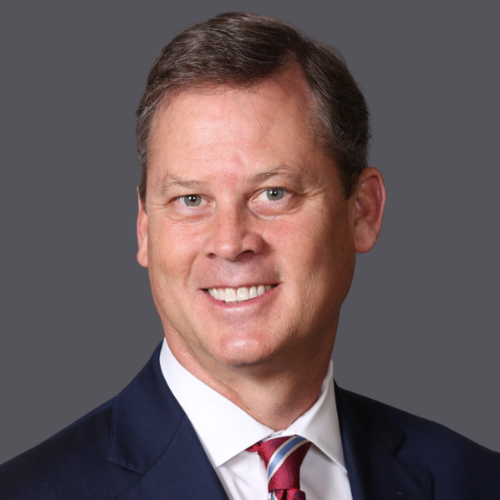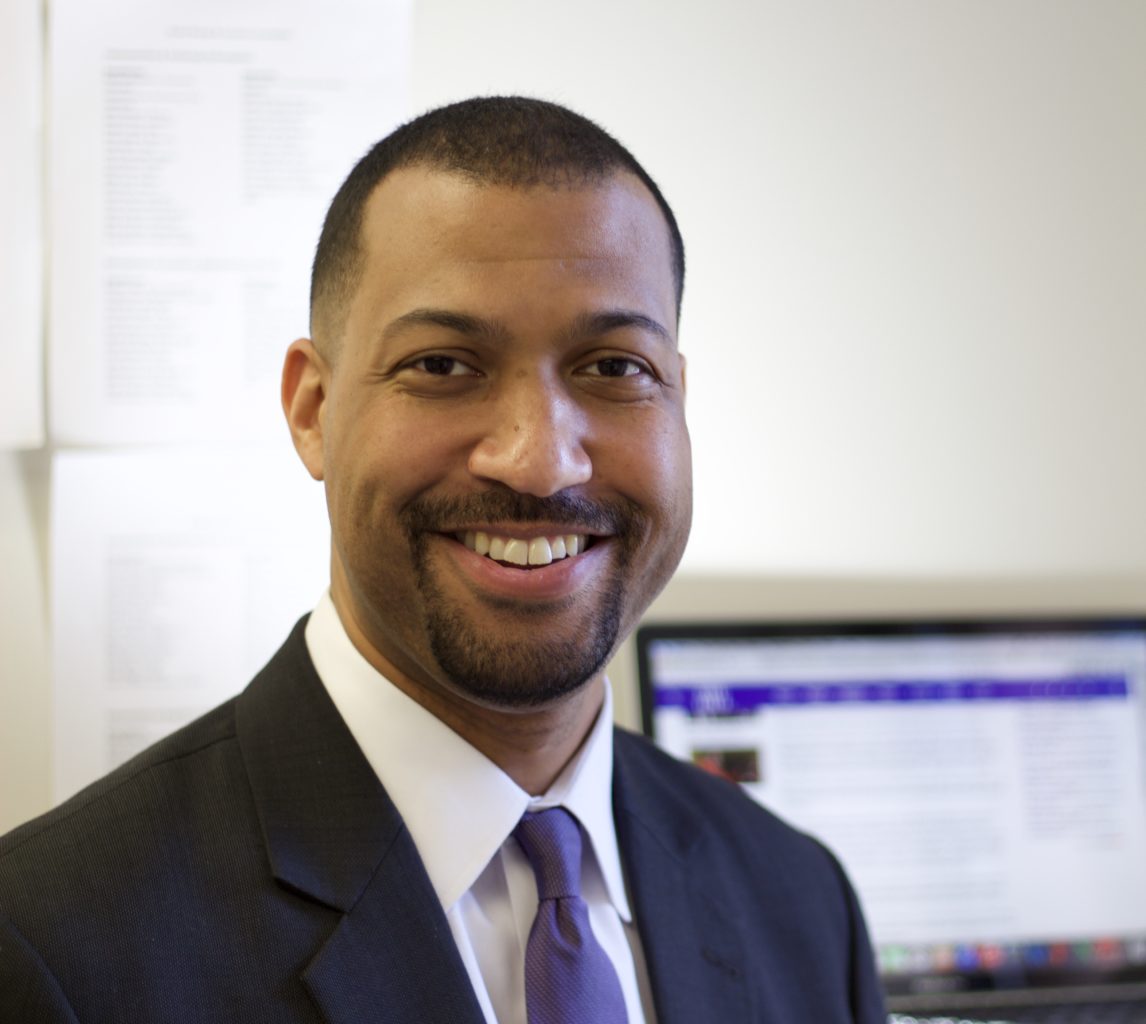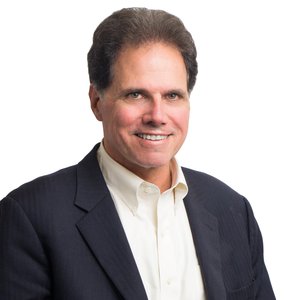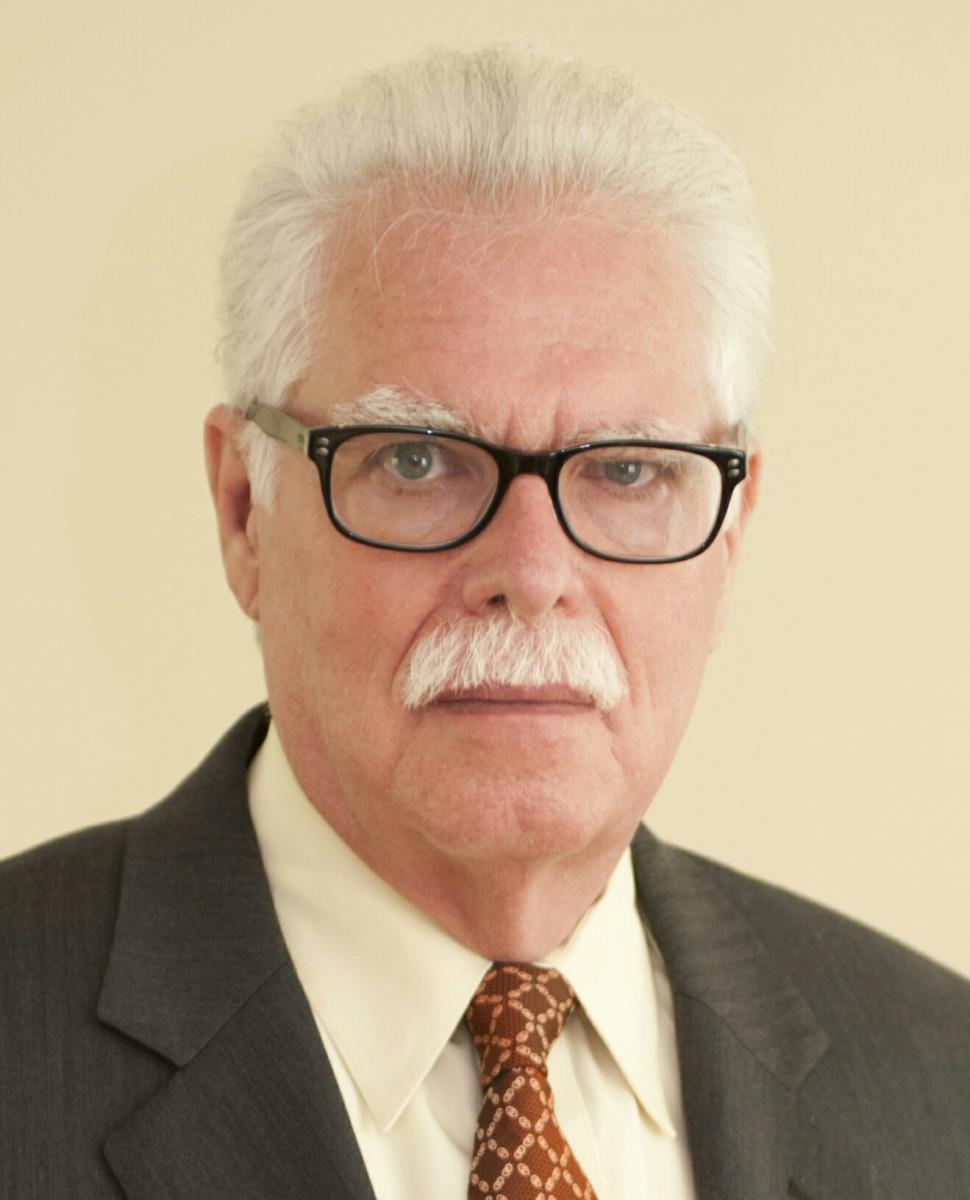Unleash Fixed Wireless Service in 12 GHz to Help Close the Digital Divide
Tuesday, September 24, 2024
Digital Beat
Unleash Fixed Wireless Service in 12 GHz to Help Close the Digital Divide

Over the last few years, policymakers came to the same conclusion that our industry and organizations have long understood—that for America to remain successful and maintain our global economic advantage, Americans need to be online and connected via high-speed broadband networks. Robust internet service is critical to how we live, work, stay connected and play.
Unfortunately, there are Americans who remain on the wrong side of the digital divide and are unable to affordably access broadband at speeds that allow them to take advantage of our digital economy now and into the future. The Federal Communications Commission (FCC) has a unique opportunity today to help close the digital divide by authorizing high-powered two-way fixed wireless service in the 12.2-12.7 GHz band (the lower 12 GHz band).
To its great credit, Congress has approved funding for a once-in-a-generation investment in broadband infrastructure deployment, broadband adoption programs, and digital equity concerns. With this funding in hand, it is now up to the Administration, states, and industry to ensure that this critical moment in our history is met, and that we go to work connecting the unconnected.

Connecting all unserved and underserved Americans with high-speed broadband will require an “all of the above” approach from both industry and policymakers when it comes to the technology and the methods by which broadband is delivered to consumers. To spur innovation and creative solutions, it is incumbent on policymakers to make all the appropriate resources available that can enable broadband providers to deploy higher-quality connectivity everywhere, including with fixed wireless services. These solutions represent an exciting and viable path forward, and our organizations encourage agencies, like the FCC, to embrace these solutions in their plans to close the digital divide.

Under the direction and leadership of Chairwoman Jessica Rosenworcel, the FCC can pull one of these levers immediately by adopting the proposals in its current proceeding to permit more intensive terrestrial use of the lower 12 GHz band. This will bring more upper mid-band spectrum to the market for high-powered, two-way fixed wireless service. Current terrestrial licensees have submitted a plan that, with Commission approval, would allow them to bring fixed broadband to consumers while protecting existing Direct Broadcast Satellite and non-geostationary satellite, fixed-satellite service customers in the band from harmful interference.
This important action would have a number of public interest benefits. Notably, it would put 500 MHz of new upper mid-band spectrum into the market, introducing competition, which in turn leads to higher available speeds and lower prices for consumers. Under agreements with the licensees, portions of the band would also be made available free of charge to Tribal communities to develop broadband solutions that will meet their needs. Furthermore, it will empower an ecosystem where mid-band spectrum drives innovation, new technologies, and next-generation connectivity for American consumers and businesses.

Expanding the lower 12 GHz band for fixed broadband has the support of a broad coalition of industry stakeholders and public interest advocates, as well as bipartisan support from Members of Congress on key committees of jurisdiction. Given current license holders’ assurances that fixed wireless service will not exceed established protection levels for satellite services, claims that such services already deployed in the band will experience harmful interference are unfounded.
Now is the time for the FCC to act to allow providers to maximize the capacity of the lower 12 GHz band and to bring innovative new broadband service to unserved Americans.
Michael Calabrese is Director of the Wireless Future Project, a project of the Open Technology Institute, that develops and advocates policies to promote universal, fast and affordable wireless broadband connectivity, including the reallocation of more prime spectrum for shared and unlicensed access.
Chris Lewis is President and CEO of Public Knowledge, a non-profit public interest group based in Washington, D.C. that works at intersection of copyright, telecommunications, and internet law.
Chip Pickering is the CEO of INCOMPAS, the internet and competitive networks association which advocates on behalf of its member companies for competition policy across all networks. Mr. Pickering also served six terms as a Congressman representing Mississippi’s Third District.
Andrew Jay Schwartzman is Benton Senior Counselor.
The Benton Institute for Broadband & Society is a non-profit organization dedicated to ensuring that all people in the U.S. have access to competitive, High-Performance Broadband regardless of where they live or who they are. We believe communication policy - rooted in the values of access, equity, and diversity - has the power to deliver new opportunities and strengthen communities.
© Benton Institute for Broadband & Society 2024. Redistribution of this email publication - both internally and externally - is encouraged if it includes this copyright statement.
For subscribe/unsubscribe info, please email headlinesATbentonDOTorg






